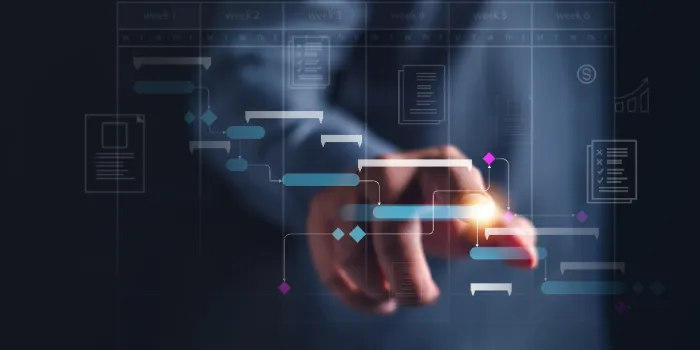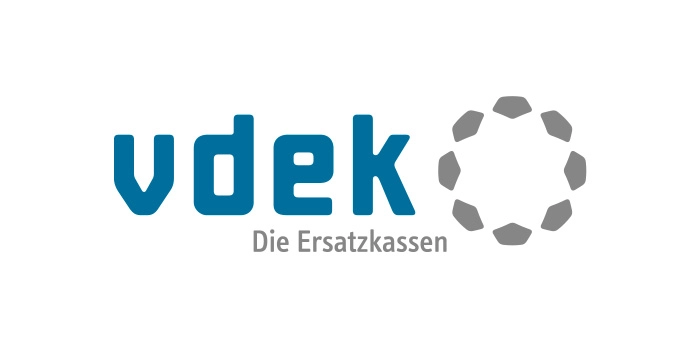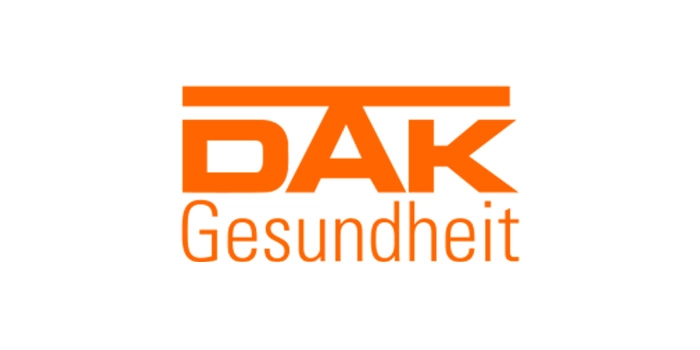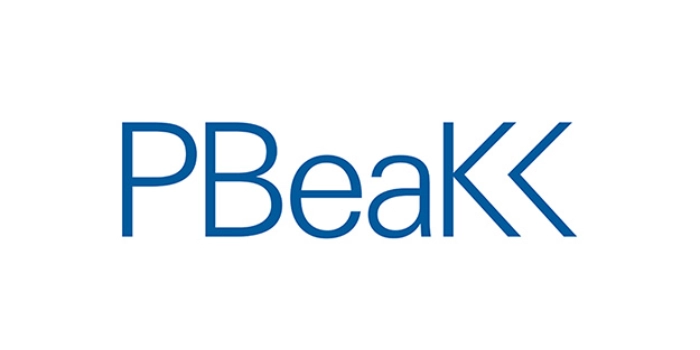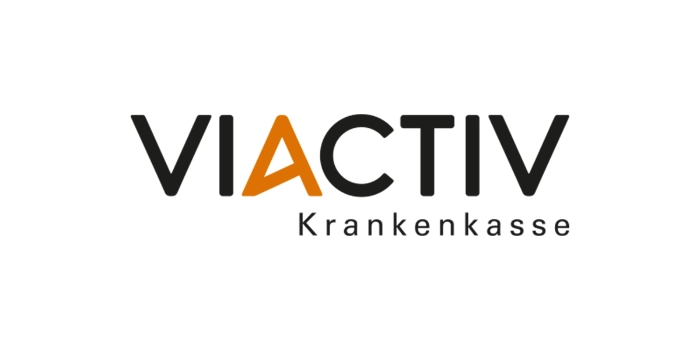In the strategy process, you go through three phases.
1. Initialization of the process through knowledge transfer
Objective: Understand the challenges of the climate change and determine and make tangible individual impacts on and requirements of the company.
Through professional training in the form of an impulse workshop, the challenges and legal requirements of climate change become comprehensible and transparent. Through meaningful insight, a sound understanding and motivation of each individual, individual impact as well as requirements on the company can then be determined.
Sensitized, motivated and empowered employees are ultimately the key to long-term change towards greater climate neutrality.
2. Strategy development and specifying strategic guidelines
Objective: Align the specific challenges and the corporate requirements of climate neutrality and define the goals and conditions of the transformation processes in a strategy paper.
In this phase, the prerequisites, conditions and objectives, which you pursue with your process of climate neutrality, are interwoven and fixed. An exact definition of the objective is the most important step for a successful strategy. Realistic planning is only possible, transparent and implementable with clearly defined project objectives.
In the context of strategy development, we offer you support in handling strategic questions. These usually concern the review, further development or new development of objectives, concepts and measures.
- What motivates you to reduce your carbon footprint?
- Market demand (increasing environmental awareness, demand and customers’ willingness to pay for ecological solutions)
- Competitive pressure (increasing alignment of environmental standards observed among competitors)
- Governmental pressure (increasing regulation with regard to environmentally friendly and transparent added value)
- Cost pressure (various possibilities to reduce costs with sustainable (IT) solutions)
Together, we analyze existing structures in the company and derive potential and appropriate change requirements. Finally, we define corresponding measures and anchor them in a strategy paper together with your value proposition.
Important to keep in mind: Climate change is mainly driven by the sectors of electricity and heat generation, transport and industry. The greatest potential is generally hidden in energy-intensive areas of companies, production and logistics. Here, the foundation for a "green factory" is laid by identifying the processes with the highest energy consumption and the most significant CO2 emissions. Using the latest technologies (IoT, digital twin, etc.) to reduce emissions is often a “quick win” on the path to a CO2-neutral future. The gargantuan task of intelligently linking product, machine and people offers a huge opportunity for the coming decades. Looking at upstream and downstream processes along your value chain unlocks the potential to reduce not only resource inputs but also CO2 emissions and energy consumption to a responsible as well as legally required level.

3. Planning and prioritization for efficient implementation of measures in a roadmap
Objective: Design a portfolio for (digital) climate neutrality along the corporate added value chain and the IT systems used, which subsequently forms the basis of the specific implementation.
To implement climate neutrality, each company must specifically design the transformation path that is appropriate for it, as well as a healthy pace of transformation. As part of the previously conducted phases, you determine your current actual status and possible objectives and develop associated measures. On this basis, your individual digital schedule can now be developed along a process map.



